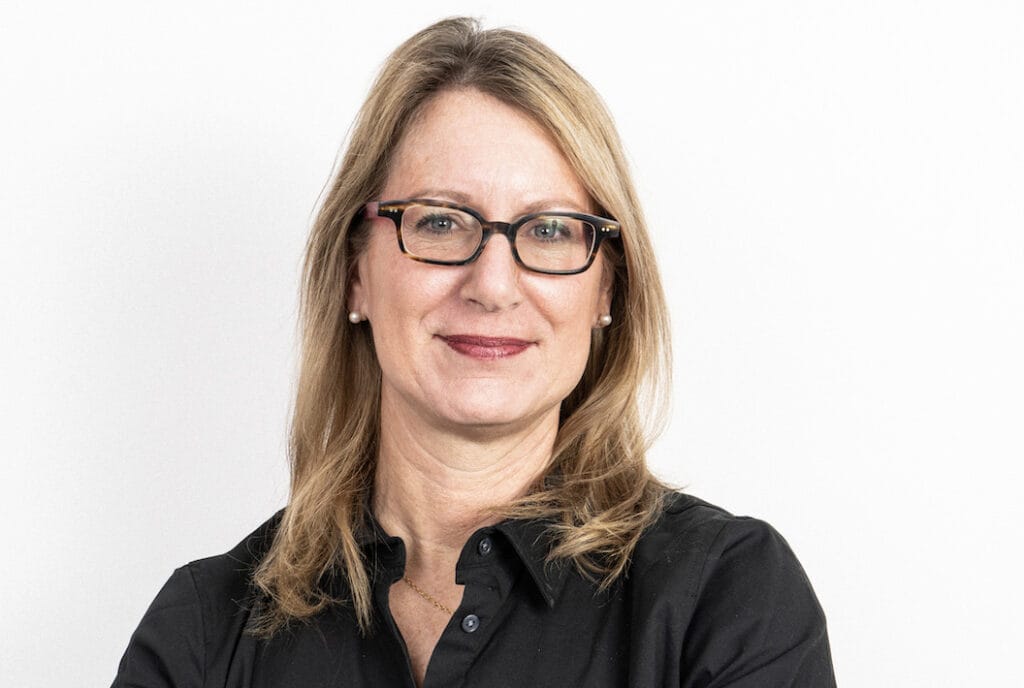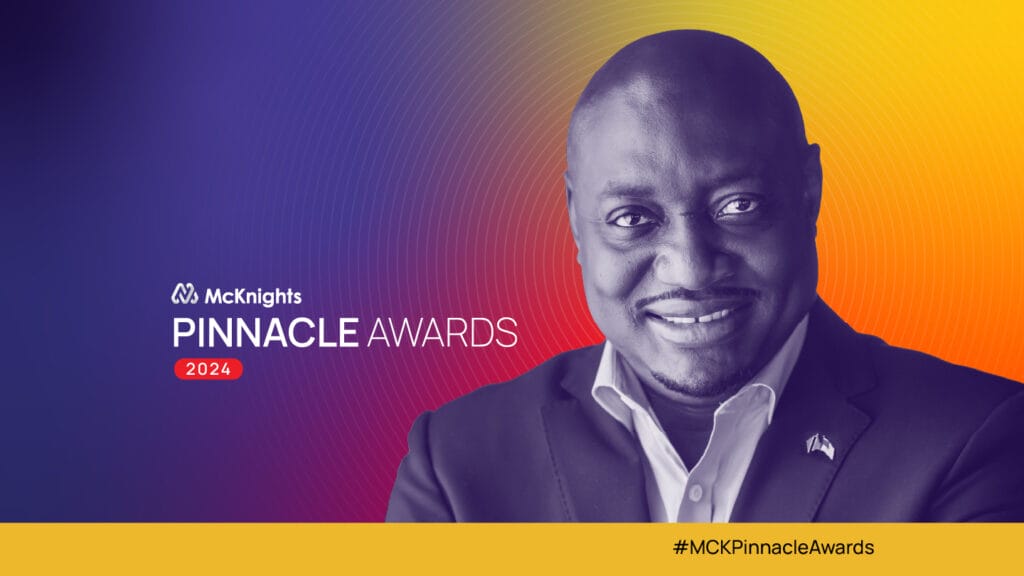I recently met with Michael Mann — a colleague, age-tech healthcare influencer, startup adviser and family caregiver to his dad — who is actively searching for home care services for his father. His experience was less than optimal, and I wanted to share these insights with other home care owners and administrators so that they can grow their agencies while remaining client-centric. (Note: This interview has been slightly edited for clarity and length.)
What made you start the search for home care?
My father is needing assistance. He lives with my mother — his wife — who is fully independent but she has a life of her own to live. But with my dad, when it comes to bathing, washing and other miscellaneous things, she is unable to help him to the extent that he needs.
He needs help with his ADLs [activities of daily living]. He uses a rolling walker and is really good with that. My dad also got a long-term care insurance policy 20 years ago, and that’s what led me to make the call.
How much did the word-of-mouth influence your decision?
It was really big. That was top-of-mind. My mom’s friend uses one of the larger franchises, and this franchise, in particular, was on our list because of that existing relationship. Word-of-mouth is very powerful.
We spoke previously about trust and rapport development. What insights would make you feel on the right track as a relational call rather than a transactional call?
It didn’t take long — right after the second call that I knew — 16 hours [the minimum care allotment per week] was in the back of their mind as their business model. It didn’t settle right with me.
By listening, getting the information, getting to a higher level or enlisting the help of someone better trained to connect with people. They lost the opportunity. I felt like people were trying to disqualify me over the phone quickly after the conversation started. I couldn’t believe it.
Give callers some peace of mind and a place to express their concerns. It’s hard for my mother to give up that independence, that part of her life, to have a caregiver in our house. My dad has needed care for a long time, but I’m sure most people have a hard time transitioning.
Accepting that they need care is a lot for someone to think about. Even three visits a week is too much for some. The minimum hours came off as a business model.
What are some things you felt were missing from these calls?
● Address my mom and dad’s current needs
● Educate me and build trust
● Ask if we have a long term care insurance policy
Once my mom heard the hourly rate, she experienced price shock. For her age group — even with LTCI resources — the sticker shock is an issue. Agencies should work to overcome these barriers and come up with pricing options that work with a variety of budgets.
Make the process more client-driven, rather than it being about the business. It’s hard to find caregivers, but it’s difficult to find clients too. Treat the lead like the total lifetime value (TLV) they bring to your business, somewhere I would guess around $10-15,000 or more.
What are some over-the-phone deal-breakers that would knock an agency off your list?
● Bad phone etiquette and presence
● Not resourceful or helpful
● Not gathering information (most didn’t ask for my phone number)
● No follow-up
● Not treating me like they treat every other call
● Acting disinterested when they hear about my situation
● Lack of understanding that this is a hard adjustment for any person to go through
● Not having empathy
● Realize that the prices are a huge hurdle for people to navigate
For the financial aspect, what ways could agencies use to overcome, address, or justify the cost?
I wish that these agencies would’ve taken the time to get to know me and my family’s situation better. They also didn’t gather all the information they would’ve needed to do a proper intake.
Put yourself in the shoes of your consumers and be where they are. Take the time to build trust and a relationship over time. Make this information and education aspect a part of your marketing strategy.
What made one agency stand out to you over another?
When I went to Google, it was hard to differentiate a good agency from a bad one. As a consumer, and being in healthcare, it’s very challenging.
I was impressed with one agency because their owner had followed up. They were the only company that had the owner call back. When I spoke with the owner, he did what should’ve happened each time I called a different agency.
He de-escalated any fears, concerns and stress, and told me not to worry. He was totally flexible, put me at ease, and even followed up after not going with his agency right away. This call felt like a sigh of relief after calling the other ones. It’s not that complicated to get right.
I’m sure on the back end that with the recruitment and staffing challenges that there’s little energy left at the end of the day, but you need to have vigor and energy in your inquiry process to entice clients to want to work with you.
What’s the importance of follow-up in the client inquiry process?
It’s incredibly important. I called an agency on a Thursday morning between 9 am and 11 am, and I didn’t receive a follow-up call until Friday around 5, 5:30 pm or so.
This was when the home care agency’s owner called me, but at this point, it had been longer than 24 hours. This was — unfortunately — a missed opportunity. I was expecting a call back within a day.
Key takeaway for your home care agency: Stay client-centric
Michael’s experience isn’t unique, but your home care agency can work on an inquiry process that makes clients feel welcome, reassured and cared for.
With these insights in mind, you can grow your home care agency and keep clients at the center of everything you do.
Jennifer Lagemann is a former family caregiver, as well as a professional caregiver and administrator at home care agencies. She works as a writer and researcher, helping care providers to create patient- and family-friendly websites, articles and marketing literature.
Editor’s note: A reference to 16 hours was corrected to reflect total minimum care hours in a week, not a day.



